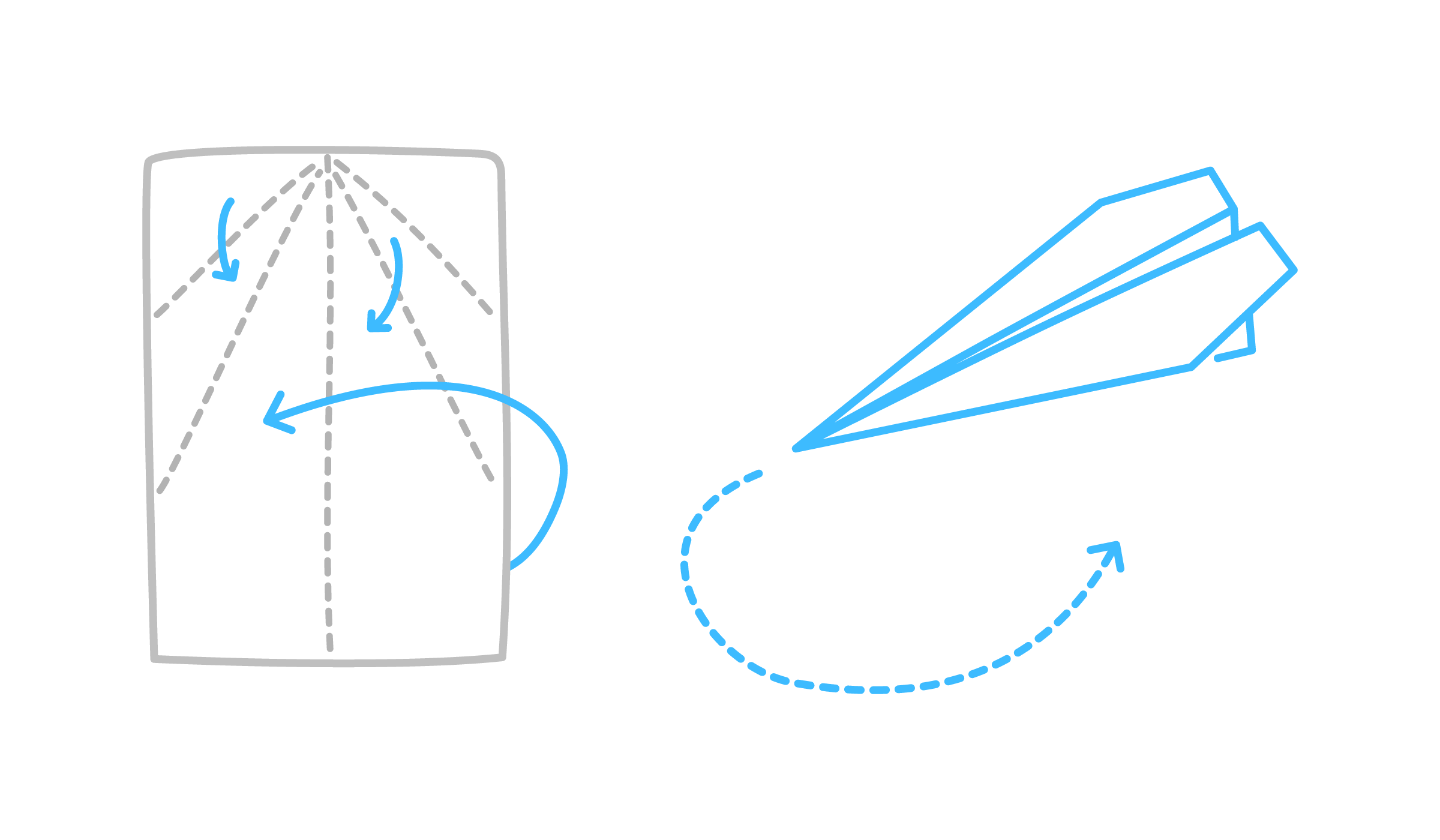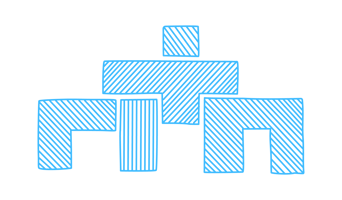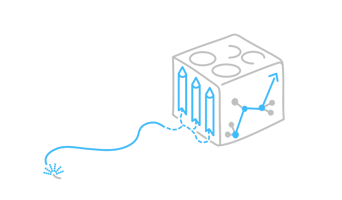So you’ve developed a new organizational design. But how well will it work once it’s been implemented? There are several ways to test if the new organizational structure will be able to succeed and handle the stress of a dynamic environment.
A crucial part of any organizational design process is testing the design’s viability in real-world environments. As with any good design process, that means iterating between ideation and testing. But how do you test an organizational design, especially when it only exists on a conceptual level so far, on paper or as several workshop flipcharts?
In our experience there are two general approaches that work well at different stages of the design process. Both are less about abstract criteria – which have their place – and more about the social process of putting the organization to use.
1. Assess your organizational design by having knowledgeable stakeholders review the design
The first approach to assessing the organization design for its real-world viability is to talk to real-world people.
I once worked on a new country organization set-up for a global health industry organization. The project was run in headquarters, sponsored by the global CEO. When we had our first blueprint ready, we tested its viability by running workshops with a number of country CEOs and receiving their critical evaluation. Could they work that way? What would be implications for change? Would they have the people and capacity to support that organization? Would it support their country strategies?
This approach has many advantages: you elicit better information than you would from an interview, because people react to a concrete proposal rather than to an abstract question. And by selecting your “testers”, you’ve already started a change process – the better connected they are and the more standing they have in the organization, the more it benefits the credibility of your design.
2. Assess your organizational design by simulating key decisions
At Management Kits, we’ve found that another very good way to test organizational designs is to simulate how the organization would make a number of key decisions. This can either happen in a desktop mode, by thinking it through, or even in a role play with discussion. It can also be combined with the first approach described above or supported through semi-structured interviews.
Here are 3 steps to start with to simulate decision-making for your design assessment
-
I. Define a couple of key decisions that the organization will have to make (e.g., decisions with strategic impact, large projects or investments, launch of a new product, etc.)
-
II. Think through the steps to get to that decision: which unit will have to do what in preparation? How will the process work? Which inputs will be required along the way?
-
III. How will the organization as a whole support that decision and its execution? Is it clear who will do what and which topics will have to be aligned along the way?
Evaluating against criteria and against real-world requirements
While the two approaches above focus on organizing as a (social) process and the ways this process can be leveraged for the assessment approach, criteria of course remain relevant. They can include guiding principles for the organization design to be developed for particular projects or evaluation criteria for unit structure options. Such criteria can easily be integrated into the assessment approaches described above, e.g., by workshop design or by making them part of the simulation briefing in the decision-making simulation approach.



